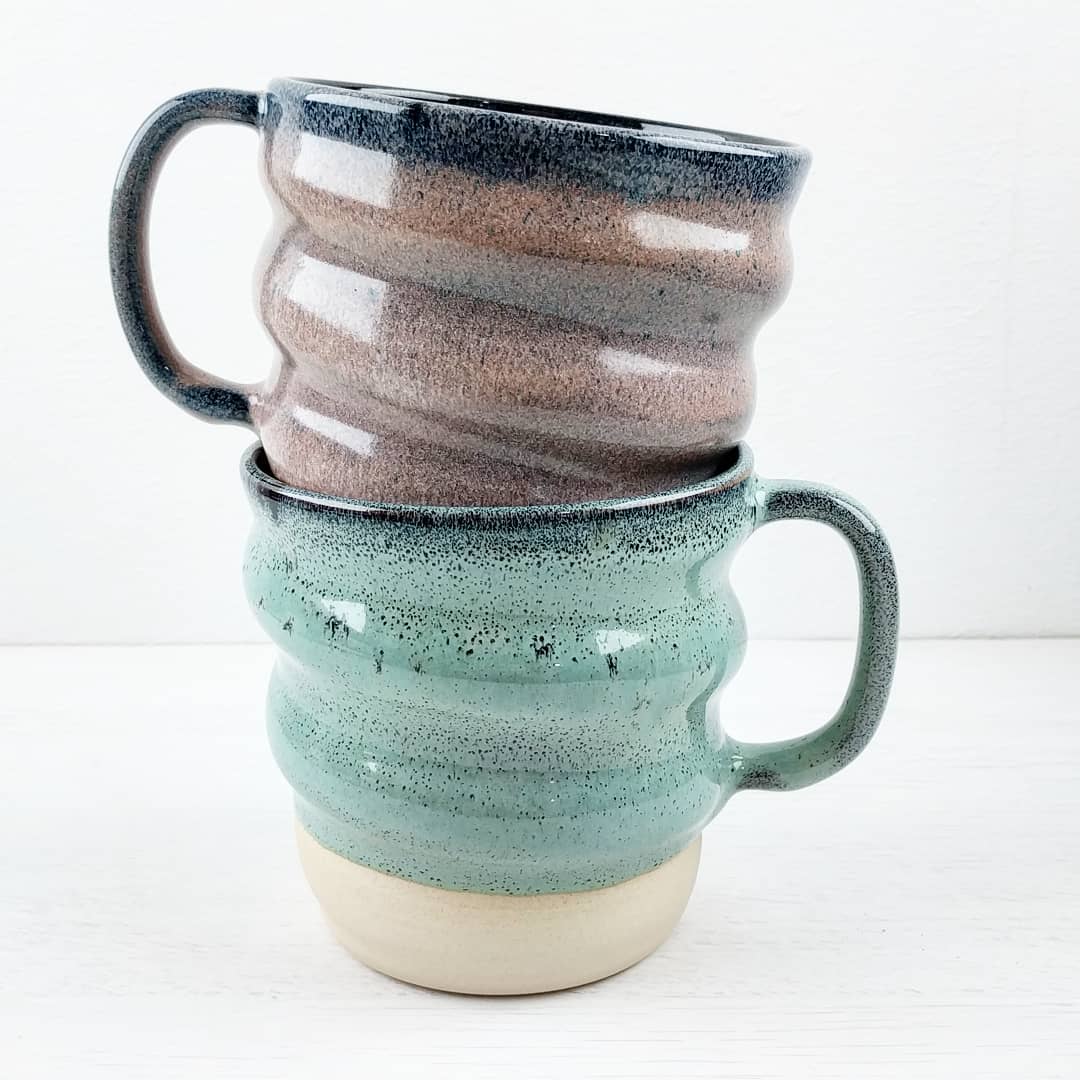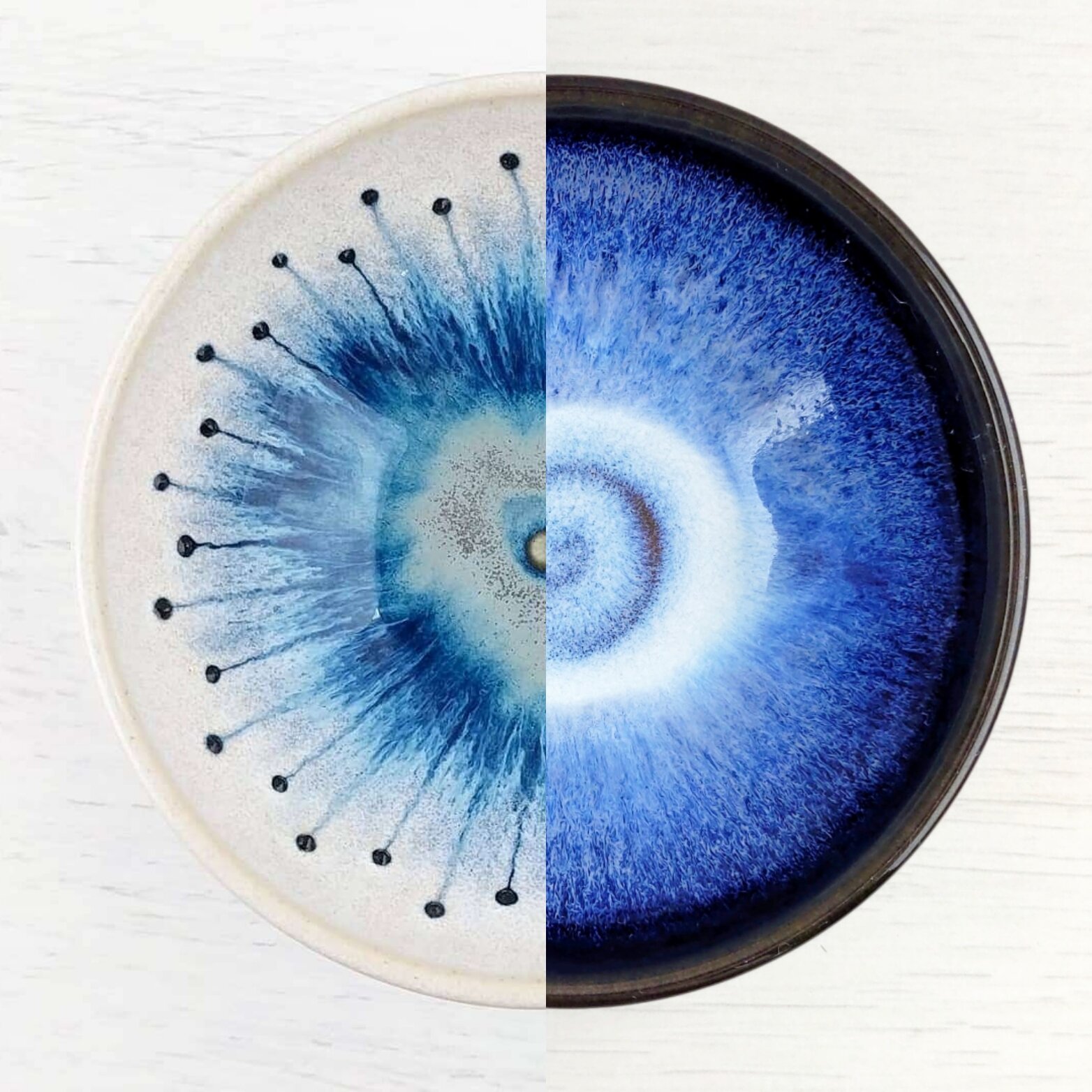
I want my work to have the smallest environmental cost it possibly can, in terms of CO2 as well as single use plastic, packaging recyclability, work longevity, and effective use of materials.
I’ve tried to work out the CO2 cost of making a single mug, and came to a value of around 1kg CO2 for a medium mug. I don’t think that’s necessarily right, but hopefully it’s close. With this number, I can estimate the total cost of producing my raw materials (and by ordering in large quantities and having as few deliveries as possible I can minimise delivery CO2) and I have an energy monitor in the studio to track the total studio electricity usage. I can then use a carbon offsetting as a way to help mitigate this environmental cost.
Carbon offsetting isn’t without its well documented issues, but I still believe that it’s worthwhile. I’ve chosen Carbon Offsetting To Alleviate Poverty (COTAP) to offset the total estimated CO2 of the studio, as I believe it does a significant amount of additional good, is very transparent about how and where the money goes (and >90% goes to their projects), and is doing work that wouldn’t be done otherwise (a common complaint about carbon offsetting).
Each year, I’m donating enough to COTAP to cover all the materials and studio energy needed to make my work. It means that the net environmental footprint of my work is significantly lower, as every purchase will contribute to tree planting projects in developing countries.
I use cardboard boxes, paper tape, and paper shipping labels, so they can be easily recycled without having to be separated.
I use biodegradable packing peanuts. These are made of starch, and can be composted, put into food recycling, or washed down the drain as they dissolve in water.
I reuse some plastic protective packaging that I receive, as it’s better for the environment to reuse rather than discard them and use new packing materials. I don’t do this often though, as not many companies I buy from still use plastic packaging.
I do use plastic bubble wrap for some ceramic orders, although most are sent with paper RanPak padding. The reason for this is simply that I prioritise minimising CO2 over any other form of environmental harm. Saving a small amount of packing materials but having international orders arrive broken is a net loss, as the bulk of the environmental cost is in the making and shipping. Having to use a larger box because the packing materials are less effective means that the CO2 cost of transport is higher, as fewer parcels will be able to fit in a truck/plane. It’s a balancing act that I’m still trying to get right, but I will primarily be basing the packaging materials on their efficiency in order to keep breakages (and therefore extra CO2) to a minimum.
